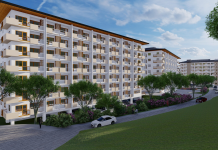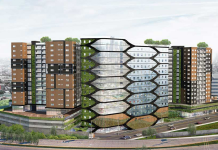
It’s a new concept, but viral diversification will be a key driver of commercial real estate moving forward. In layman’s terms, businesses need more geographical diversity to help them during future pandemics. As was seen in the Philippines, some areas were less affected by COVID-19 and were allowed to resume operations sooner.
“One bright spot for secondary cities in 2021 could be companies’ need to geographically diversify for future pandemics. As seen during the COVID-19 pandemic, the Philippine government is willing to apply different treatments to different regions of the country, depending on the level of the pandemic in a given region,” Morgan McGilvray, Senior Director, Occupier Services & Commercial Agency at Santos Knight Frank, said. “For companies, that could mean setting up a secondary office far outside of the NCR–most likely in secondary cities in order to maintain continuity of their operations in the event of another NCR lockdown.”
At the moment, Iloilo is the most notable secondary city when it comes to the office market. That’s because it has many attributes that companies in the BPO industry require. These include Grade A office space, a large hospitality labor pool, scalable city infrastructure and a secure environment. McGilvray added Bacolod and Davao are among the secondary cities BPOs could also turn to in the future.
Viral diversification will be quite important for the office market in Philippine secondary cities as they lose one of their key marketing points, lower rents. The price for office space in Metro Manila started falling last year which could make it more obtainable for certain firms.
“For the secondary cities of the Philippines, or those cities outside of the National Capital Region, the office market in 2021 should continue to look a lot like 2020: Generally soft, but with a few bright spots. Secondary cities will lose one big advantage this year–cost savings–as rents in the National Capital Region continue to fall,” McGilvray stated.
He noted that net leasing growth is estimated to be 20,000 to 40,000 square meters in 2021 with the BPO industry likely to be the driving force behind this increase.




















